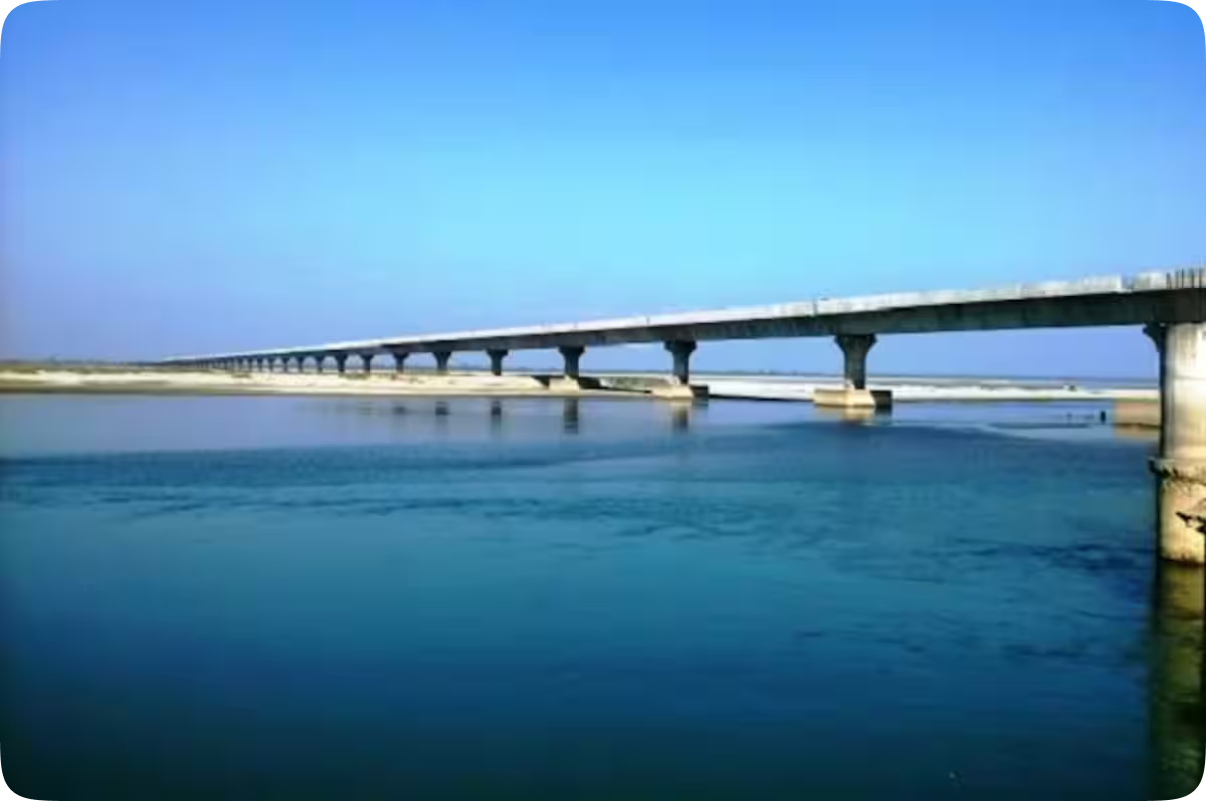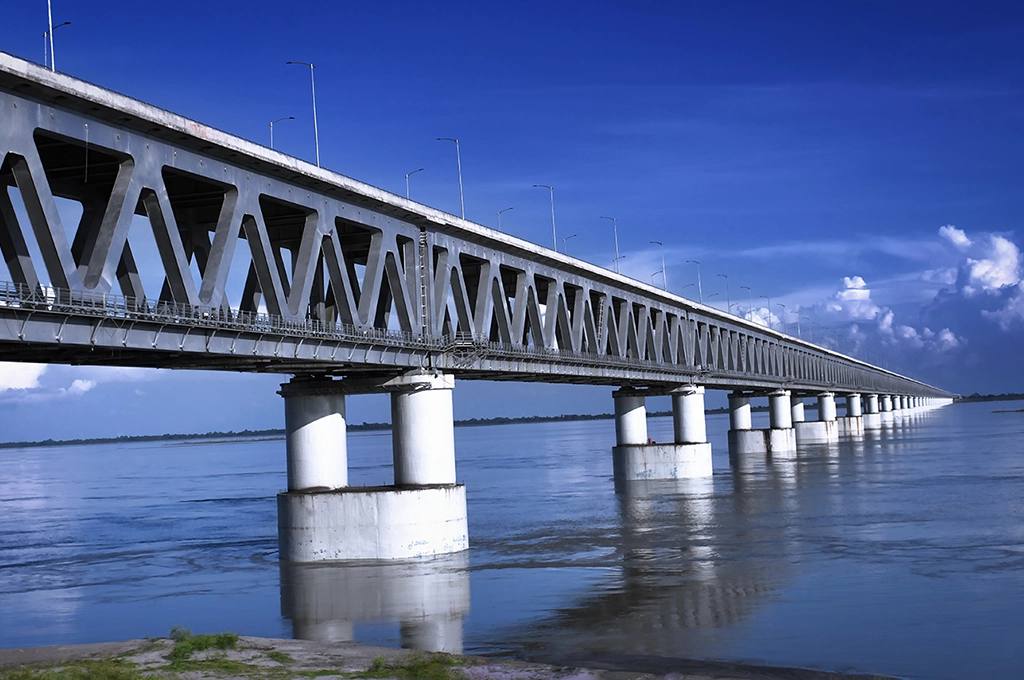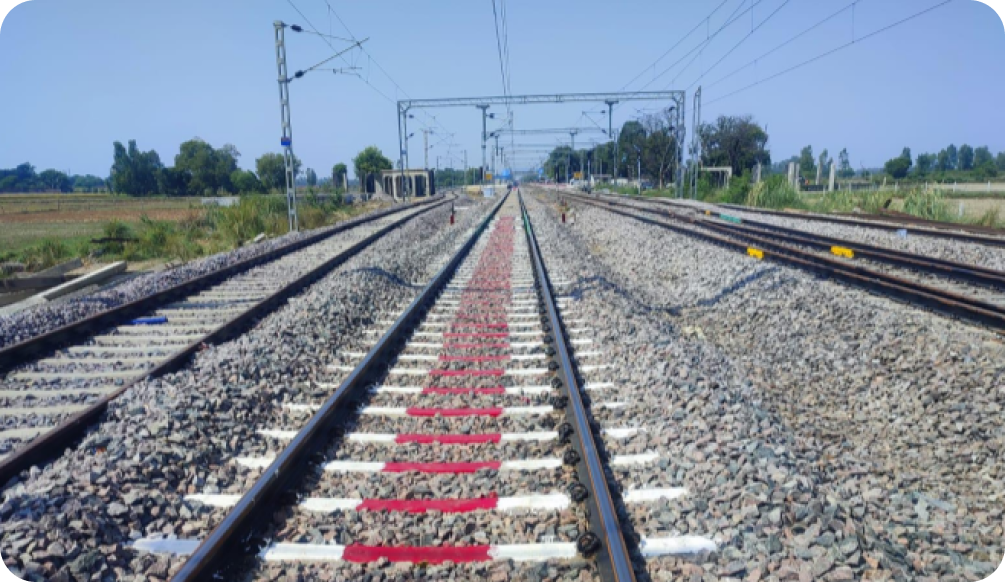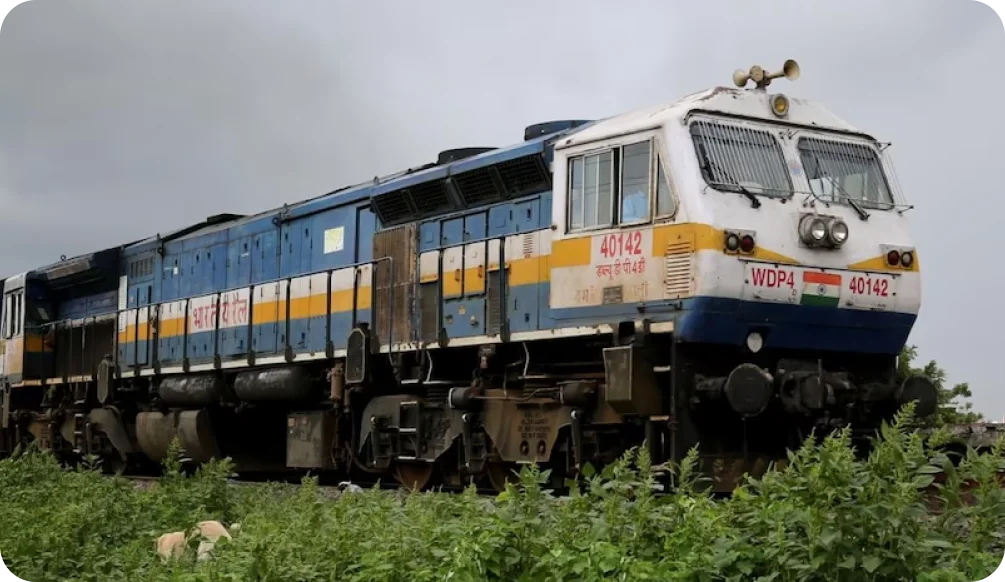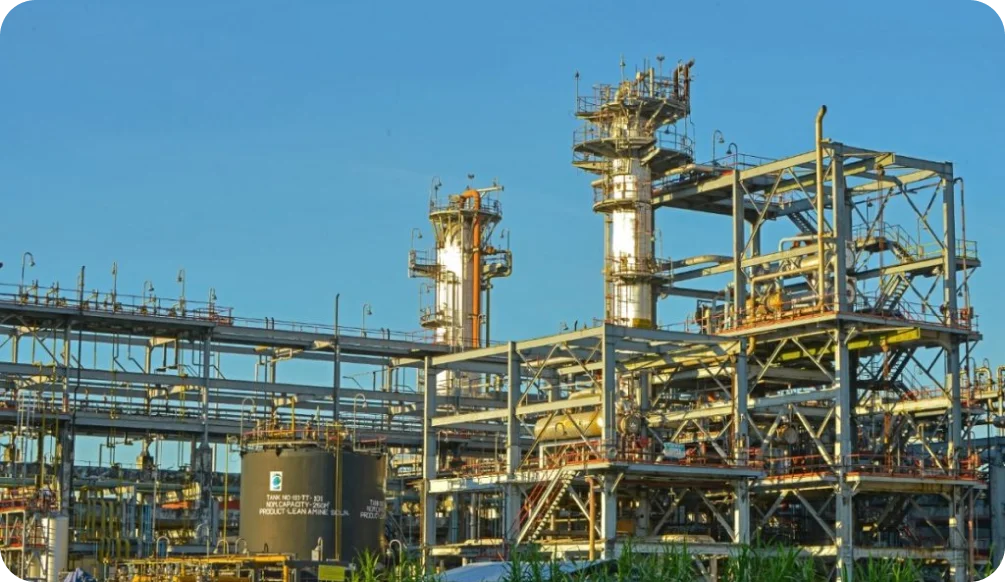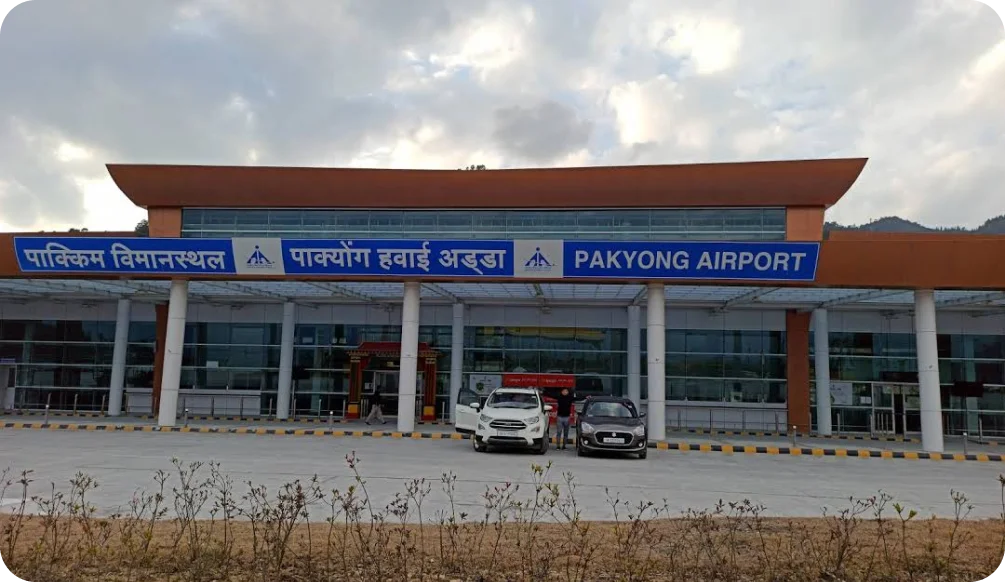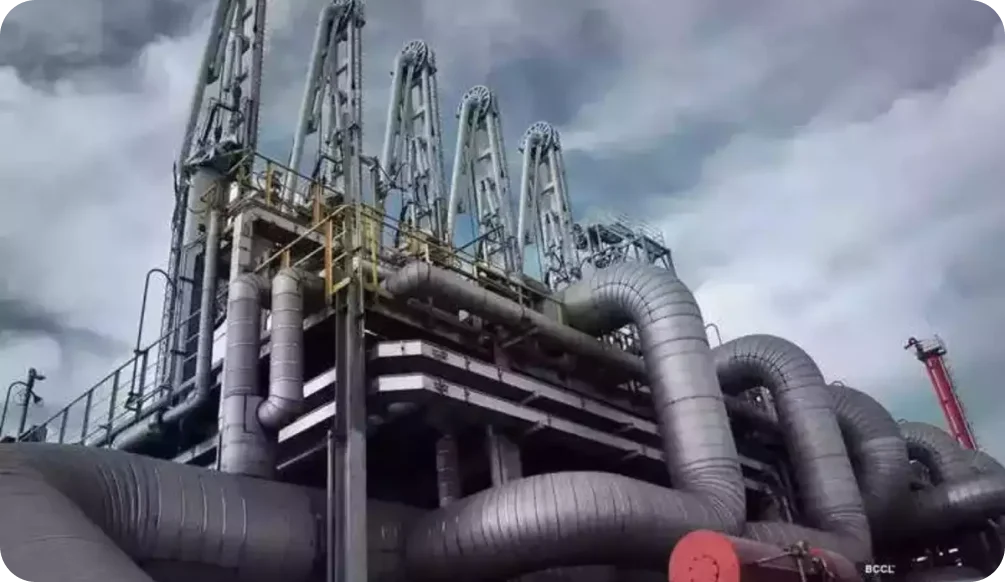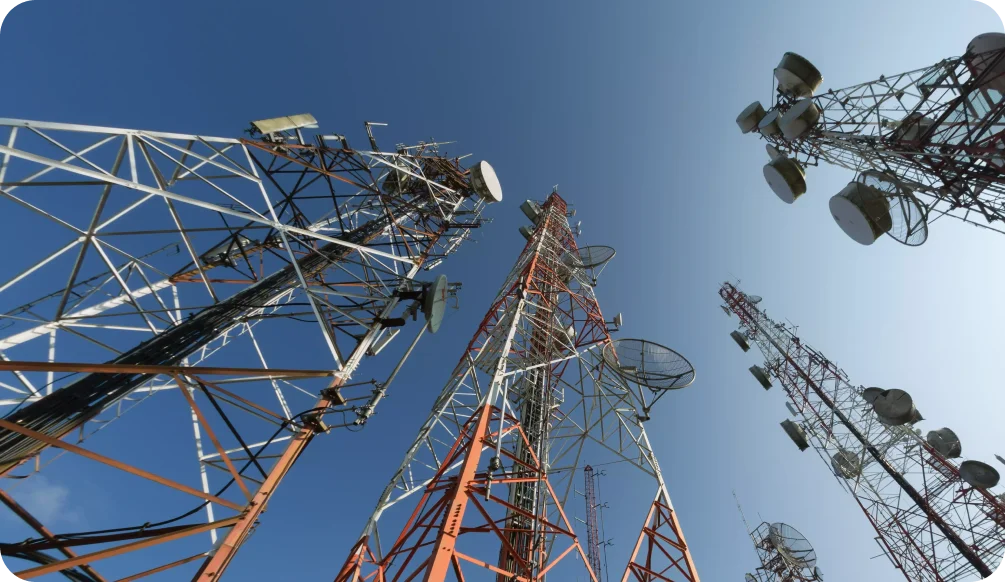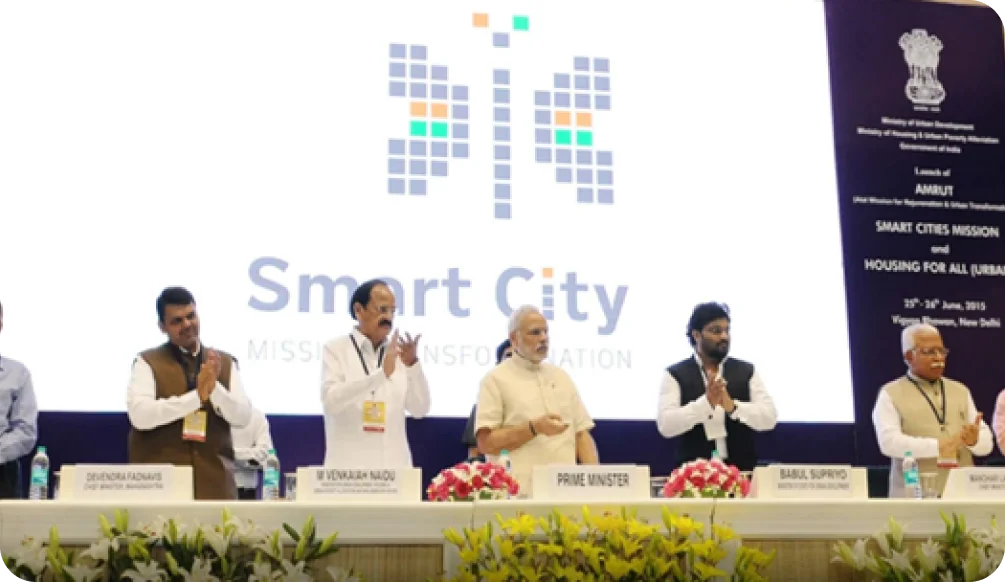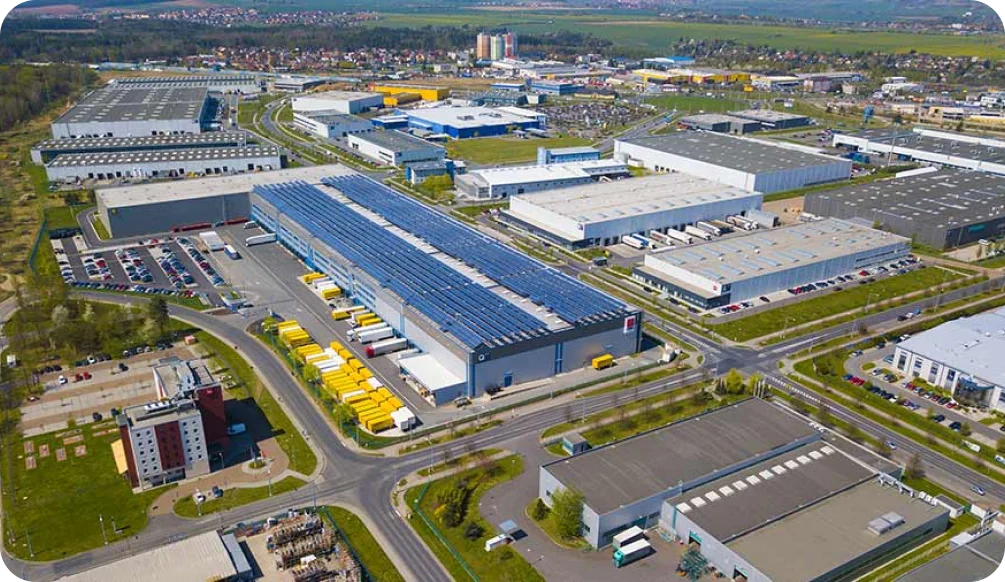In recent years, North East India has witnessed a substantial boost in infrastructure development across sectors such as transportation, energy, digital connectivity, and industrial growth. These developments are aimed at overcoming geographical isolation, improving regional integration, and enhancing economic growth. The region, known for its strategic location, rich natural resources, and cultural diversity, is now becoming a focal point for major industrial and infrastructure projects.
Among the various sectors, notable advancements include the setting up of semiconductor industries, mega bridges to improve connectivity, and expansions in road, rail, and air networks.
Recent infrastructure development in North East India has been transformative, positioning the region as a gateway to Southeast Asia and a hub for trade, tourism, and industry. The region’s improved connectivity, growing industrial base, and investment in high-tech sectors such as semiconductors are unlocking its economic potential, while strategic initiatives in transport, energy, and digital infrastructure are integrating the region more closely with the rest of India. These developments not only address the region's historical challenges of isolation and underdevelopment but also set the stage for future growth and prosperity.




